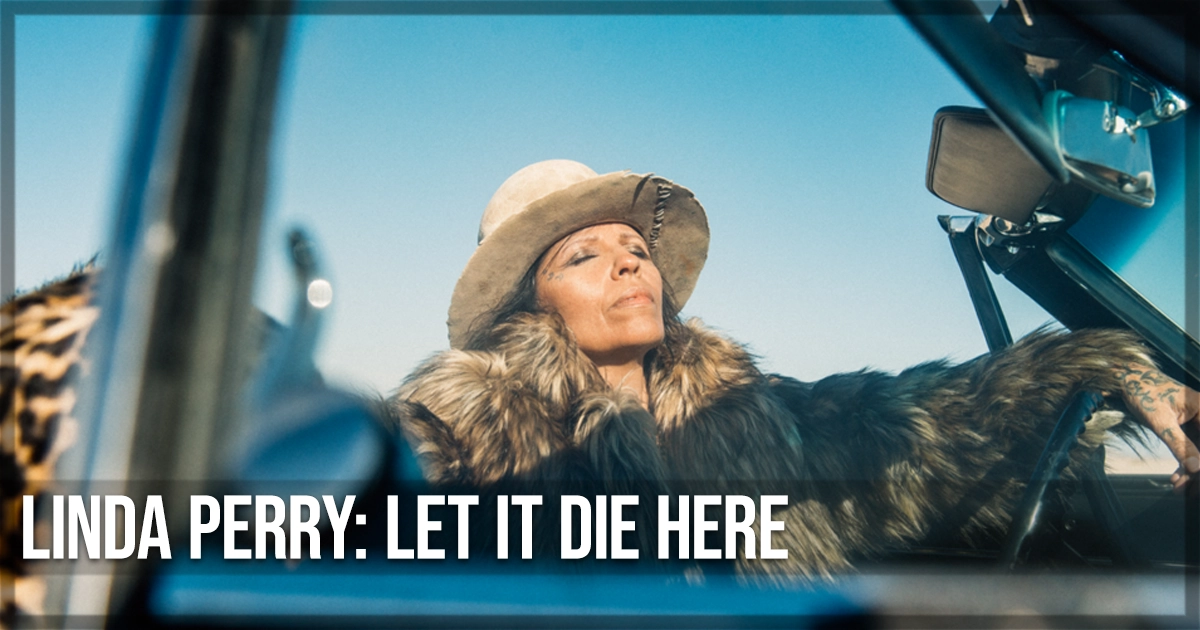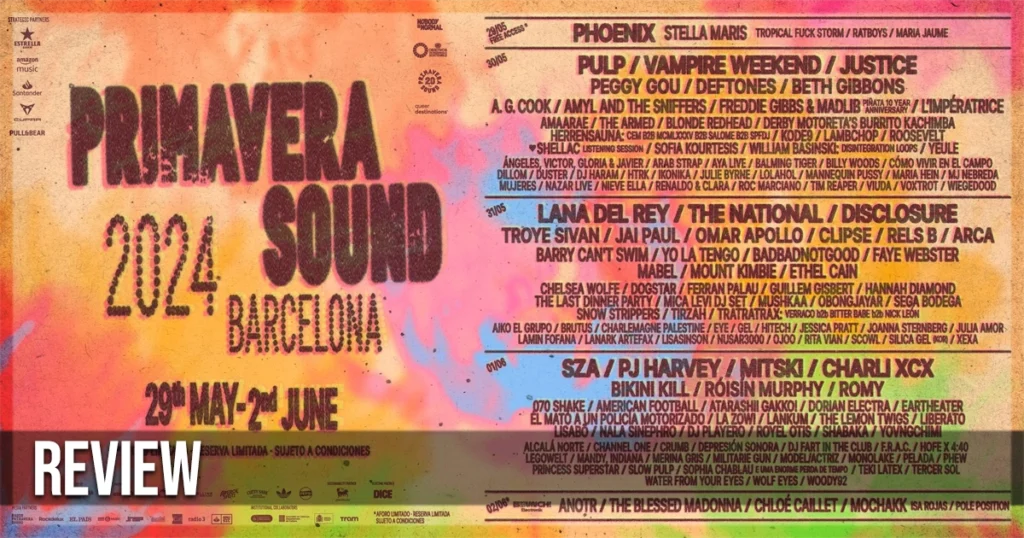There is a reason you’ve probably never heard the name Linda Perry. The singer/songwriter has spent her life hiding from the spotlight, hiding from shame and her perfectionism, but mostly hiding from herself. She is best known for being behind the vocals of 4 Non Blondes and their 1992 mega-hit What’s Up?, but the vérité-style documentary Linda Perry: Let It Die Here is as interested in 4 Non Blondes as Perry is. That is to say, minimally. This documentary actively dispels the notion that Perry’s impact on the music industry is solely due to that song while still appreciating its continued success.
The film doesn’t want to be a narcissistic tour of Linda’s achievements and reverence. Instead, it is the story of Linda coming out. As a proud self-proclaimed dyke, this isn’t out of the closet but of the shell that she once placed herself in as a neglected teenager. The insightful and vulnerable documentary places her central within her own story, as the shadows of parental trauma that shroud her slowly lift away, while she steps into the limelight to finally reclaim the credit once stripped from her by industrial vultures.
If you take a cursory glance at Wikipedia, you’ll see the extent of Perry’s vast career. A career (post-4 Non Blondes and most definitely post dreadlocks) that was spent producing music for others, including Kate Hudson, Dolly Parton and Brandi Carlile; a smattering of whom appear within Perry’s studio during filming. But what Wikipedia can’t show you is what kind of person Linda is. Taking a fly-on-the-wall approach, director Don Hardy chronicles and contextualizes the heavily tattooed and leather-jacket-wearing Perry within the music industry by letting her speak openly about her own life and mental struggles.
This lets Perry’s personality breathe throughout the film. We often find her deep in the creative process, as musical talent seems to spill from her fingertips, as if the emotion of her music can’t be contained any longer. Perry is finally unraveling those traumatic chords, the ones that were strung across her heart, that once kept her trapped in trauma. “How does Linda write a song for Linda?” she states, before donning a fluffy hat and shades, like she’s trying to hide away from the vulnerability she showed.

She also shirks from her own lyrics, where she can’t sing what she wrote. The song in question, which she wrote after attempting to “write like David Bowie,” is the 2002 hit Beautiful. Perry says she can’t sing it because she doesn’t believe she is beautiful, choosing to let the song be sung and released by Christina Aguilera instead.
Her self-concept is timid, and she seems mostly scared of herself as “the person I least want to be when I create is myself” slips from her tongue. She comes across as a woman holding herself together at the frays, and the longer we inhabit her home, the more emotional the documentary gets. But when the naturally talented Perry opens her mouth to sing, the hardened humbug of an outer shell that she has wrapped around her crumbles, and we get insight into the soft center of Perry as an artist, one whose talent and vulnerability often coalesces into something raw and very emotional.
As the documentary progresses, we encounter Perry’s friends, who all have anecdotes and historical evidence of their time together in the form of photographs. But there is no physical evidence given to audiences as to what caused Perry’s trauma outside of Perry’s own recollections. Ranging from being excluded a producer credit on What’s Up to her suicide attempt, and even to her teenage drug addiction, there is little in the way of visual evidence for Hardy to utilize on screen, and if there is, there is no responsibility on Perry to let it out.
The solution to this problem is what makes Linda Perry: Let It Die Here stand out amongst other talking head documentaries of this ilk, as these events are told through breathtakingly realized, ravishing stop-motion animation sequences. The animation stylings invoke that of Laika animation and the eerie tendencies of Coraline. Perry is shown as a spiky lesbian, and this animation style feels true to her spirit: dark, gothic but vulnerable and honest as the curtains behind the animation metaphorically fall away to reveal Perry dancing in her bedroom, tears shining as she spirals with anxiety.
That the documentary chooses to highlight Perry by putting her name in the title is intrinsic to the reclamation that this film is attempting. The documentary shows why this is important to Perry in the construction of What’s Up?, where Perry went into the studio and retooled it of her own volition, not being happy with its original recording. We hear this original, more stripped-back recording and realize how much influence Linda had on creating the song that helped her career have the longevity it did.
But Linda went into that studio and transformed a good song into a great one, but Interscope Records, her label, refused to give her a producer credit, stating that she should just be happy the song was a hit. This is presented as the genesis of Linda’s turmoil in the industry and why she stepped back. The documentary is allowing the trail-blazing Linda the agency to take back control, take back the narrative and take back the credit stripped away from her.
But it’s her trauma that Hardy is most interested in helping her process. The aforementioned suicide attempt was refuted by her mother and alcoholic father, who refused to get their drug-using teenage daughter the therapy suggested by medical professionals. During filming, her mother – of whom she maintained a strained, tumultuous relationship with – enters palliative care.
Their discarding of the past is highly emotional, not the least when Perry is shown to hug her hospice-bound mother, stating about how she never got to hug her mother like this before. It’s the kind of statement that unintentionally takes your breath away, where it puts into perspective one’s own relationship with their mother, that discarding on the basis of perceived trauma might be wise before it is too late. It is in these moments that the documentary transforms from something informative about a lovely, talented soul into a form of therapy for Perry as we see her shed the chrysalis she found herself in.
Linda Perry: Let It Die Here is a documentary that is about a sister, a mother, and a daughter. But it’s also a discussion on the idea that those gender ideologies and binaries even matter. What is a therapeutic reclamation of talent also works as a way of speaking out on how queer folk are derided for being themselves, as well as speaking out on the fact that only 2% of music producers are women. Perhaps this immeasurably moving documentary, that stuns with raw, unabridged emotion and splendid animation work, can also work towards showing young girls, queer or not, that there is space for them in the industry. The spell-binding Perry is blazing the path for them to show that she should be seen as an iconic pillar of inspiration within the industry. As she has always been.
Linda Perry: Let It Die Here recently premiered at the Tribeca Film Festival.
Learn more about the documentary at the Tribeca site for the title.
You might also like…
2024 Primavera Sound Barcelona – Music Festival Review


